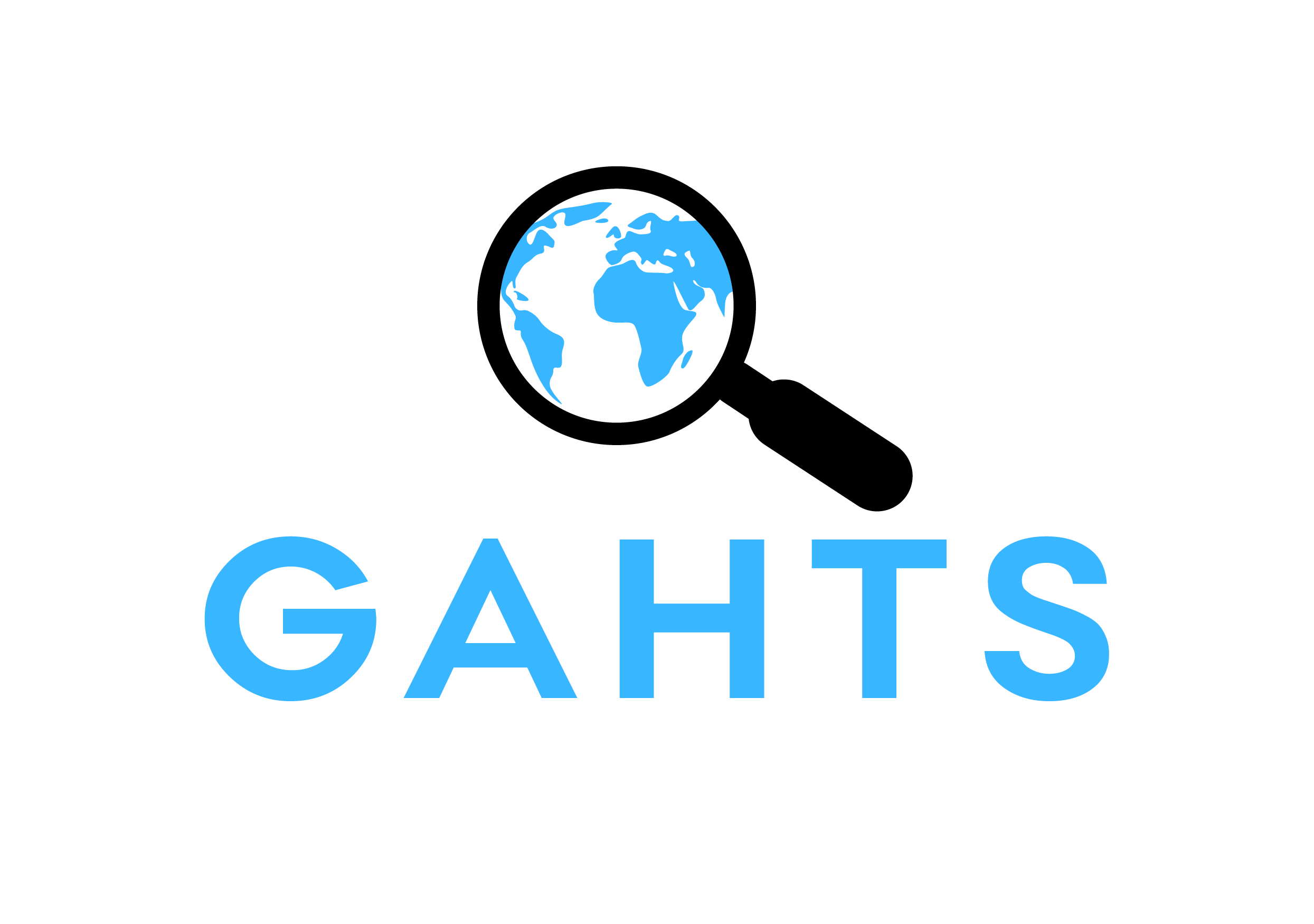Paper: violence, abuse and exploitation among trafficked women and girls: a mixed-methods study in Nigeria and Uganda
Author: Kiss, Ligia; Fotheringhame, David; Kyegombe, Nambusi; McAlpine, Alys; Abilio, Ludmila; Kyamulabi, Agnes; Walakira, Eddy; Devries, Karen & Tanton, Clare
Abstract: Africa is the global region where modern-slavery is most prevalent, especially among women and girls. Despite the severe health consequences of human trafficking, evidence on the risks and experiences of trafficked adolescents and young women is scarce for the region. This paper addresses this gap by exploring the intersections between violence, migration and exploitation among girls and young women identified as trafficking survivors in Nigeria and Uganda. We conducted secondary analysis of the largest routine dataset on human trafficking survivors. We used descriptive statistics to report the experiences of female survivors younger than 25 years-old from Nigeria and Uganda. We also conducted 16 semi-structured interviews with adolescents identified as trafficked in both countries. We used thematic analysis to explore participants’ perceptions and experiences before, during and after the trafficking situation. Young female survivors of human trafficking in Nigeria and Uganda are exposed to a range of experiences of violence before migration, during transit and at destination. The qualitative data revealed that children and adolescents migrated to escape family poverty, violence and neglect. They had very low levels of education and most had their studies interrupted before migrating. Family members and close social contacts were the most common intermediaries for their migration. During transit, sexual violence and hunger were common, especially among Nigerians. Participants in both the quantitative and qualitative studies reported high levels of violence, deception, coercion, withheld wages and poor working conditions at destination. The adolescents interviewed in the qualitative study reported severe mental suffering, including suicide attempts. Only one reported the prosecution of perpetrators. Our findings suggest that interventions to prevent or mitigate the negative impact of adverse childhood experiences can contribute to preventing the trafficking of adolescents in Nigeria and Uganda. These interventions include social protection mechanisms, universal access to education, social service referrals and education of parents and carers. Importantly, effective prevention also needs to address the systemic conditions that makes trafficking of female adolescents invisible, profitable and inconsequential for perpetrators.
Keywords: human trafficking, modern-slavery, violence, migration, Africa, adolescents, mixed-methods
